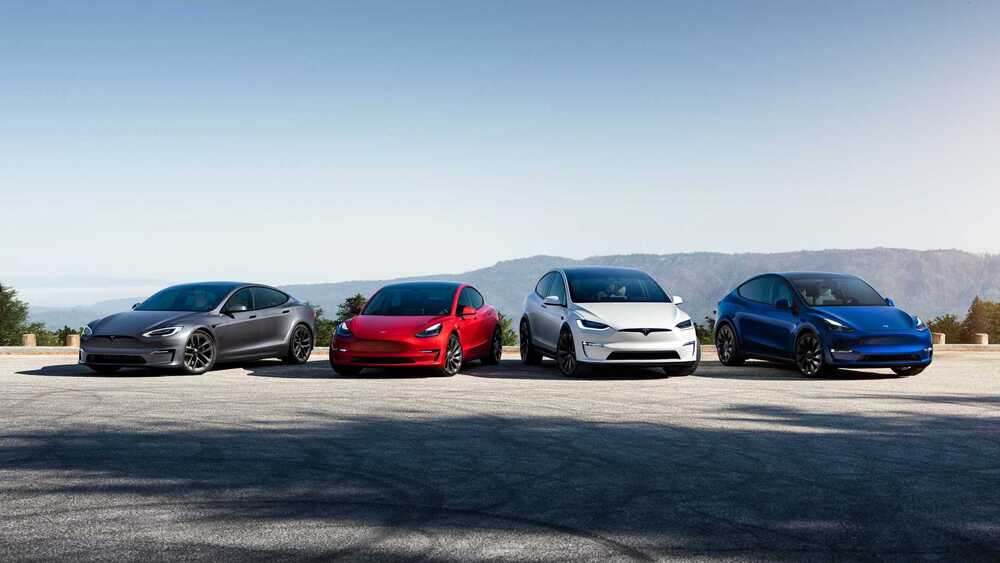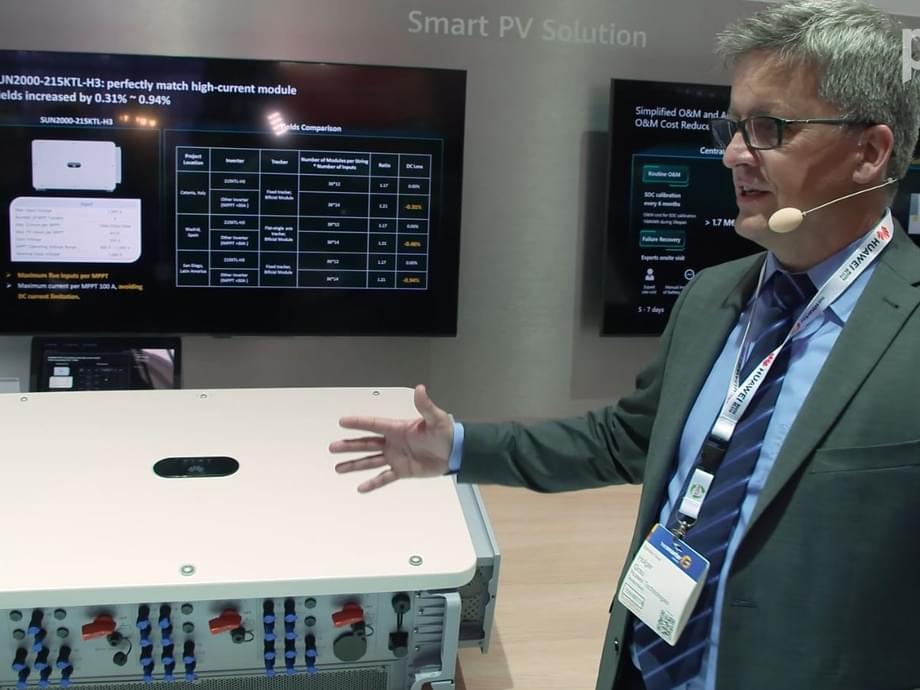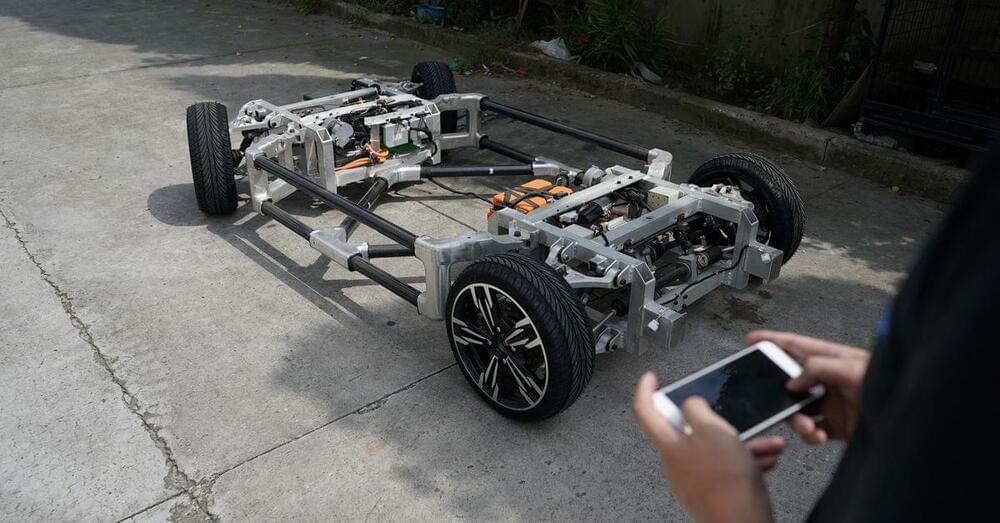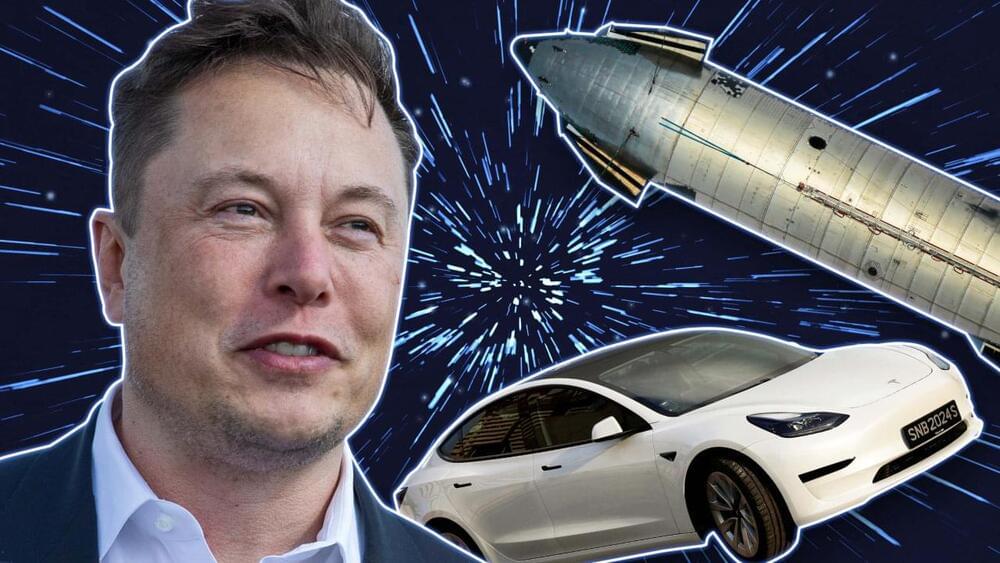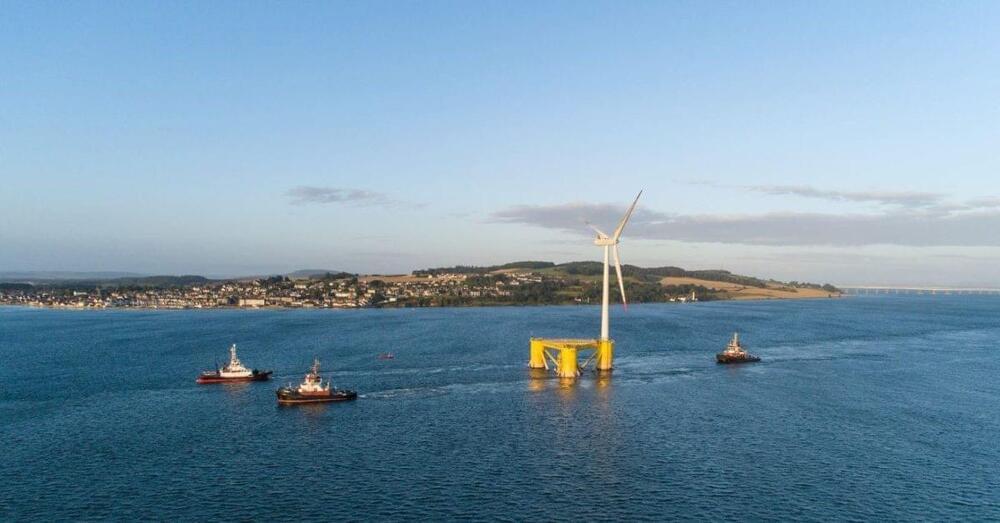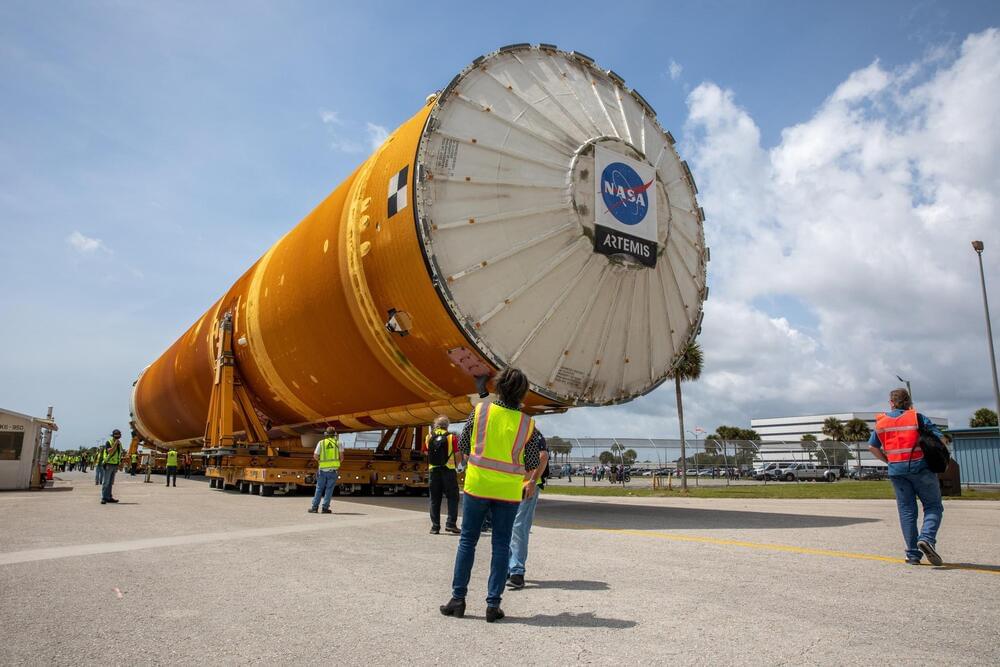Jan 2, 2022
Here’s How Long You Will Wait For A New Tesla In 2022 In The US
Posted by Kelvin Dafiaghor in categories: sustainability, transportation
We have just checked the Tesla estimated delivery times (for new orders) of all four electric car models available in the U.S.
There are some interesting findings, as the hectic extension of delivery times has slowed down, and in some cases, even stopped or reversed. The prices have also remained unchanged since November 12.
Let’s start with the Model 3. The queue for the entry-level RWD version with an LFP battery appears to decrease as the estimated delivery time is the same as over one and a half months ago (June or October, depending on the wheel option). The Long Range AWD and Performance versions moved up a bit — to March and February. As we can see, the higher price/higher margin versions are prioritized (it will be common for all models).
